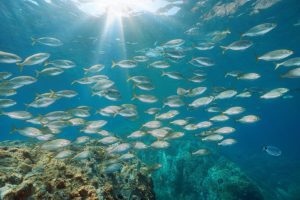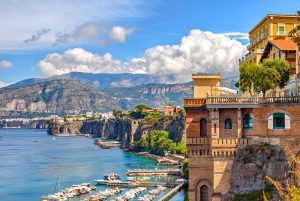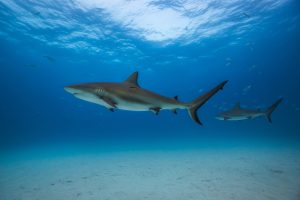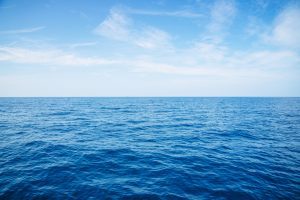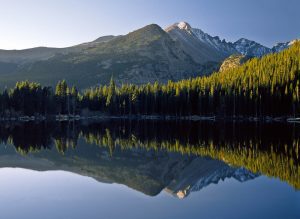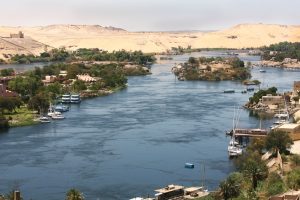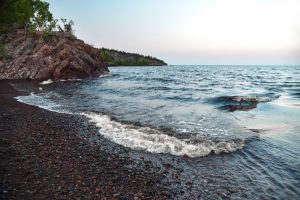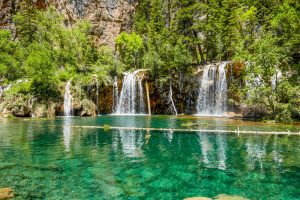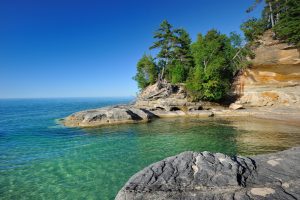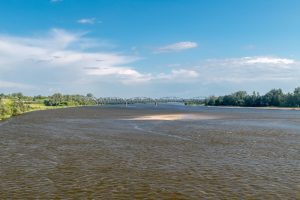There are over 300 million lakes around the world, with lakes classified as bodies of still water surrounded by land.
There are fresh and saltwater lakes on every continent, and all ecosystems have some type of lake that serves as a valuable habitat for some of the earth’s most fascinating creatures.
Lake Superior is North America’s biggest lake by surface area, covering 31,700 square miles, which is about the size of Maine.
Ten percent of the world’s surface freshwater is held in Lake Superior, which is considered second in size only to the Caspian Sea.
Keep reading to learn more about the biggest lake in North America.
Table of Contents
What is the biggest lake in the US?
As the biggest lake in the U.S., Lake Superior’s surface area of 31,700 square miles puts it well above the other Great Lakes.

Coming in second is Lake Huron at 23,000 square miles, followed by Lake Michigan at 22,000 square miles.
The rest of the Great Lakes make up the top five largest landlocked bodies of water in the U.S., with Lake Erie covering 9,900 square miles and Lake Ontario measuring 7,320 square miles.
As you can see, Lake Superior is by far the largest, and it’s also the lake with the third-highest volume of water in the world.
Lake Superior is not only the biggest lake in the U.S. but also one of the largest freshwater lakes in the world.
Named after Lac Supérieur, the French term for upper lake, Superior is the largest of North America’s Great Lakes, and it’s also the most northwesterly, touching Minnesota, Wisconsin, Michigan, and Ontario, Canada.
What U.S. state has the most lakes?
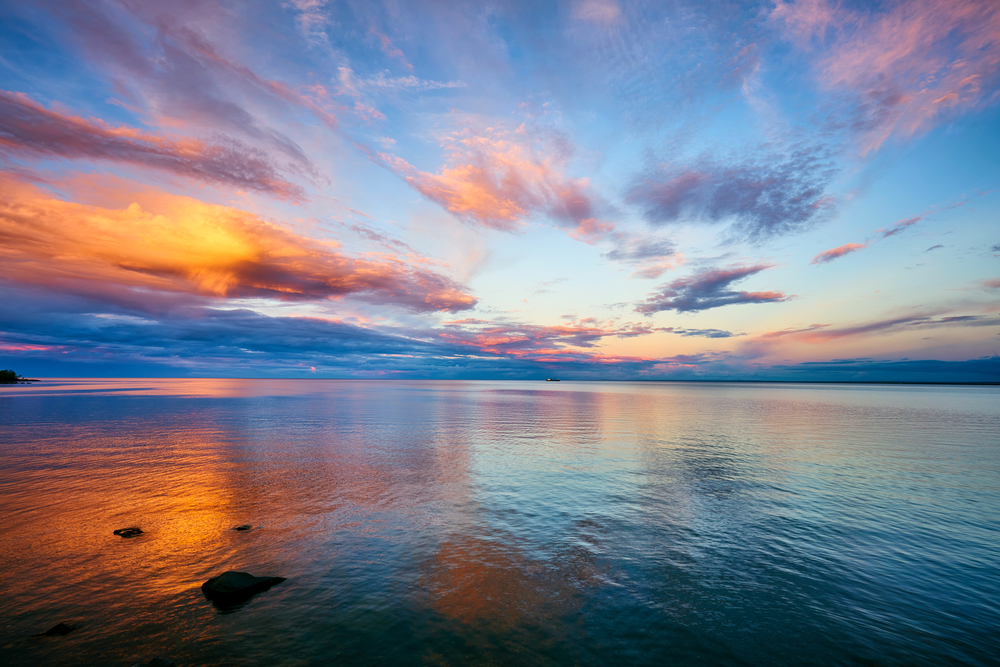
Lake Superior’s home state of Minnesota is known as the Land of 10,000 Lakes, although there are actually 15,291 natural lakes.
Minnesota holds the title of the state with the most named lakes, but technically Alaska has more, although the vast majority of Alaskan lakes are unnamed due to their remote locations.
Alaska has more than three million unnamed lakes and 3,197 lakes with an official name.
Back in the continental U.S., the Midwest is home to the Great Lakes and thousands of smaller lakes, too.
Wisconsin ranks third in the total number of lakes in the U.S. with 15,000 natural lakes, followed by Michigan with 11,000.
What is the biggest lake in Canada?
Lake Superior and Lake Huron border both the U.S. and Canada, so these two bodies of water are technically considered the largest lakes in Canada, too.
Great Bear Lake is Canada’s largest lake entirely within its borders, and it’s also the biggest lake partially inside the Arctic Circle.
Great Bear Lake covers 12,000 square miles, while Great Slave Lake isn’t far behind at 10,000 square miles.
It also holds the title of North America’s deepest lake, reaching depths of 2,014 ft.
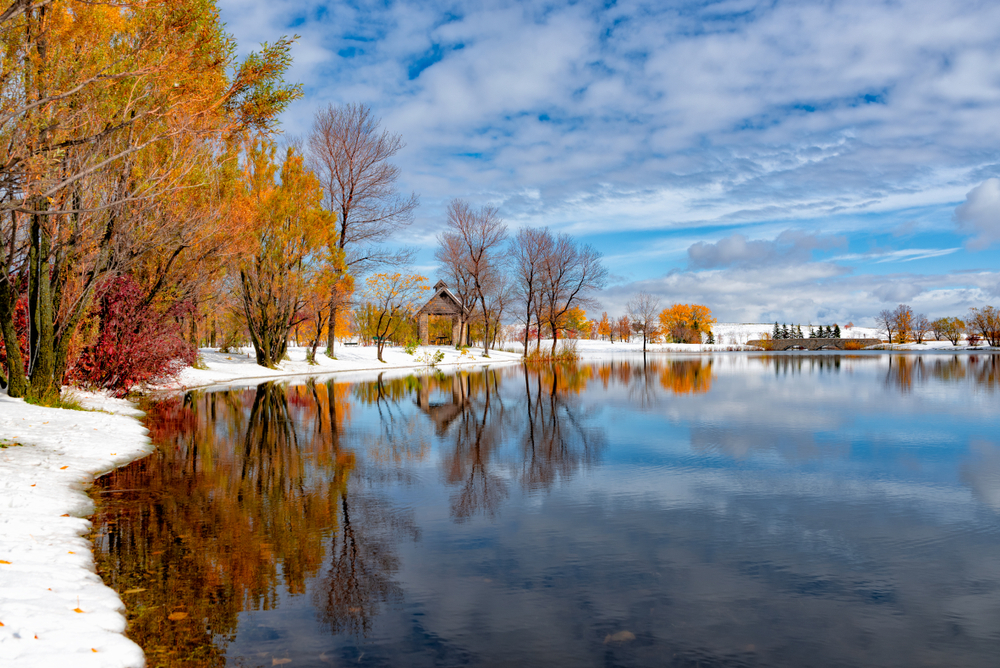
Lake Winnipeg is another large lake in Canada, with 9,465 square miles making it the eleventh-largest body of fresh water on the planet.
Canada’s next largest lake, Reindeer Lake, is much smaller by comparison, with a surface area of 2,440 sq mi.
What is the biggest lake in Mexico?
Mexico doesn’t have as large of lakes as the U.S. and Canada.
The largest lake in Mexico is Lake Chapala, which covers 420 sq mi. To give you a better idea of how small this lake is compared to North America’s largest lake, you could fit over 75 Lake Chapalas in one Lake Superior.
Lake Chapala measures 48 miles east-west and 10 miles north-south, and it’s a very shallow lake with an average depth of 23 ft.
It’s surrounded by mountains and situated southeast of Guadalajara, Jalisco, Mexico. The next largest lake in Mexico is Lake Cuitzeo, which has a surface area150 square miles.
What is the biggest lake in Central America?
The largest lake in Central America is Lake Nicaragua, which is located in the country of the same name.
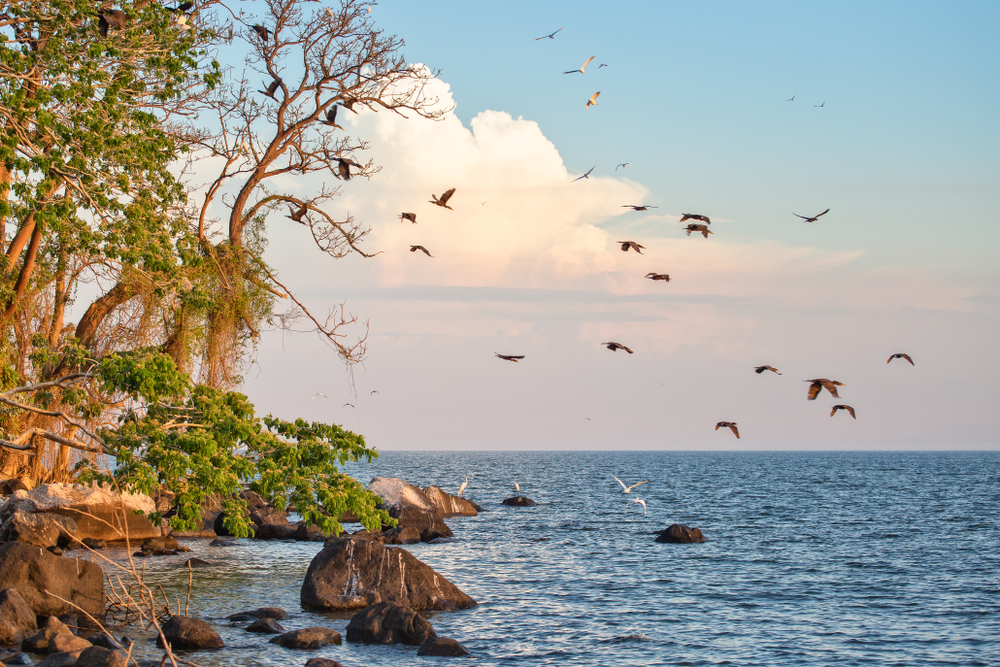
Also known as Cocibolca or Granada, this lake spans 3,191 square miles and is just shy of 100 miles long.
Lake Nicaragua ranks 19th on the list of the world’s top 20 largest lakes, and it’s just smaller than Lake Titicaca, which is the largest lake in South America.
Lake Managua is Central America’s second-largest lake, although it’s much smaller than Lake Nicaragua with a surface area of 395 square miles.
It’s located in western Nicaragua, just northwest of the country’s biggest lake.
What is the biggest lake in the world?
Lake Superior is surpassed only by the Caspian Sea, which covers 143,244 mi² and is surrounded by Russia, Iran, Kazakhstan, Turkmenistan, and Azerbaijan.
It’s often considered a full-fledged sea thanks to its sheer size and salinity.
Ancient records show early civilizations thought of the Caspian Sea as an ocean, however, it’s since been discovered that this ginormous lake is just one-third as salty as ocean water.
The Caspian Sea has its freshest water in the north and much saltier water in the south, with about 130 rivers feeding the lake.
While the Caspian Sea is technically the world’s largest lake, Lake Superior shares similar characteristics, with its size resembling an ocean as there’s no way to see from one side to the other.
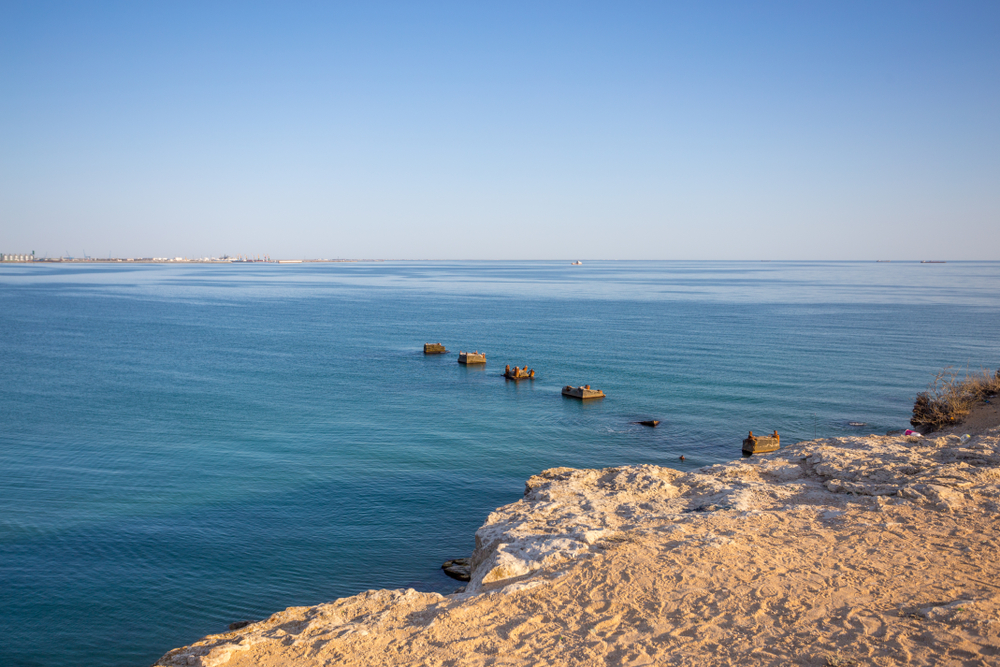
The lake even has its own tide, with a maximum recorded wave reaching 31 feet high.
Which North American lake holds the most water?
In addition to being the biggest lake in North America, Lake Superior also contains the most water out of all the continent’s lakes.
There are just a few lakes that hold more water than Lake Superior worldwide, including the Caspian Sea and Lake Baikal in Siberia, Russia.
Lake Superior’s total volume is 2,800 cubic miles, which is 10% of global surface freshwater. That’s enough water to cover both North America and South America with one foot of water.
In comparison, the Caspian Sea holds 18,800 cubic miles of water, while Lake Baikal contains 5,700 cubic miles.
Looking at other North American lakes, Lake Superior leads the way in total water volume, followed by Lake Michigan with 1,180 cubic miles and Lake Huron with 850 cubic miles.
All of the Great Lakes are quite deep, meaning they hold a substantial amount of water, so Lake Ontario and Lake Erie also make the list with 410 and 120 cubic miles, respectively.
What is Lake Superior famous for?
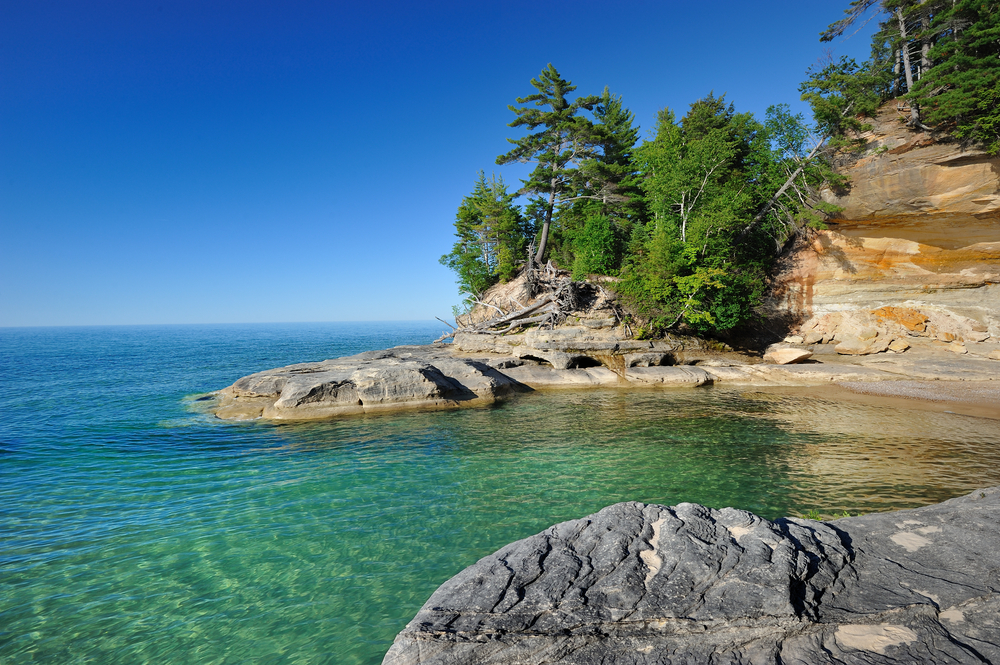
Many Americans recognize and celebrate Lake Superior as the largest lake in the country, but they may not realize it’s actually the biggest lake in all of North America or the second-largest lake in the entire world.
With that being said, there are other facts Lake Superior is famous for, including its average depth of 483 feet and a maximum depth of 1,333 feet.
Shipwrecks are synonymous with Lake Superior, too. There are around 350 recorded shipwrecks and many more suspected haven’t been discovered yet.
Lake Superior has a reputation for not giving up her dead, with over 10,000 lives lost in this lake.
Even if you were to stretch Lake Superior’s shoreline into a straight line, it would reach from the famous harbor city of Duluth, Minnesota, all the way to the Caribbean islands of The Bahamas.
This shoreline and surface area make Lake Superior a sight to behold for visitors and residents alike.




